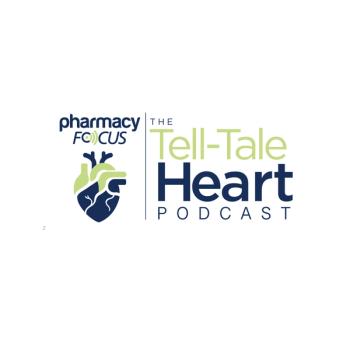
Type 2 Diabetes, Sleep Apnea Threatens Eyesight
Patients with obstructive sleep apnea and type 2 diabetes have an increased risk of retinopathy.
Patients diagnosed with type 2 diabetes and obstructive sleep apnea may be at an increased risk of developing diabetic retinopathy within 4 years, according to a study published by the American Journal of Respiratory and Critical Care Medicine.
In the current study, the authors explored the impact of OSA on the progression of diabetic retinopathy.
“Despite improvements in glucose, blood pressure and lipid levels, diabetic retinopathy remains very common,” said corresponding author Abd Tahrani, PhD. “Meanwhile, OSA has been shown to be very common in patients with Type 2 diabetes, which is not surprising considering that excess weight contributes to the development of both of these conditions. However, most patients who have OSA are not aware that they have the condition and the disease could go undiagnosed for years.”
Included in the study were 230 patients with type 2 diabetes without known OSA or other respiratory conditions. Patients underwent retinal imaging to determine the risk of diabetic retinopathy, while they assessed OSA through a multi-channel cardio-respiratory portable device.
The authors first discovered that patients with both type 2 diabetes and OSA were more likely to have diabetic retinopathy compared with patients with diabetes without OSA, according to the study.
“However, more importantly, we have shown that patients with OSA and Type 2 diabetes, compared to those with diabetes only, are at increased risk of developing advanced diabetic retinopathy over a period of 3 years and 7 months,” Dr Tahrani said.
The authors discovered that 42.9% of patients with OSA had diabetic retinopathy, while only 24.1% of patients without OSA had the condition, according to the study.
The authors also found that at an average of 43 months later, 18.4% of patients with OSA developed moderate-to-severe diabetic retinopathy compared with only 6.1% of patients without OSA.
“We can conclude from this study that OSA is an independent predictor for the progression to moderate or severe diabetic retinopathy in patients with type 2 diabetes,” Dr Tahrani said. “Our findings are important because improved understanding of the pathogenesis of diabetic retinopathy is important in order to identify new treatments.”
While patients with diabetes and OSA may have an increased risk of retinopathy, the study found that patients who received treatment for OSA had a lower risk of the ocular disease compared with untreated patients, according to the study.
These findings suggest that patients with type 2 diabetes should be screened and treated early for OSA.
“Following our research, it is important that clinicians treating patients with Type 2 diabetes are aware that their patients who also have OSA are particularly at increased risk of developing advanced retinopathy and, hence, appropriate preventative measures should be put in place,” Dr Tahrani said. “Clinicians should consider testing patients for OSA as OSA is very common in patients with Type 2 diabetes.”
Newsletter
Stay informed on drug updates, treatment guidelines, and pharmacy practice trends—subscribe to Pharmacy Times for weekly clinical insights.


















































































































































































































